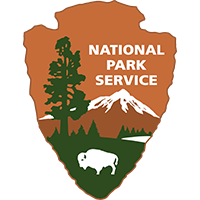Quantifying 38 Years of Seasonal Glacier Change
Glaciers are an iconic part of the landscape in south-central Alaska and cover approximately half of Kenai Fjords National Park. Glaciers play a role in local terrestrial, freshwater, and marine ecosystems and are one of the highlights for local tours. Like most glaciers in Alaska, the glaciers in Kenai Fjords have been shrinking.








